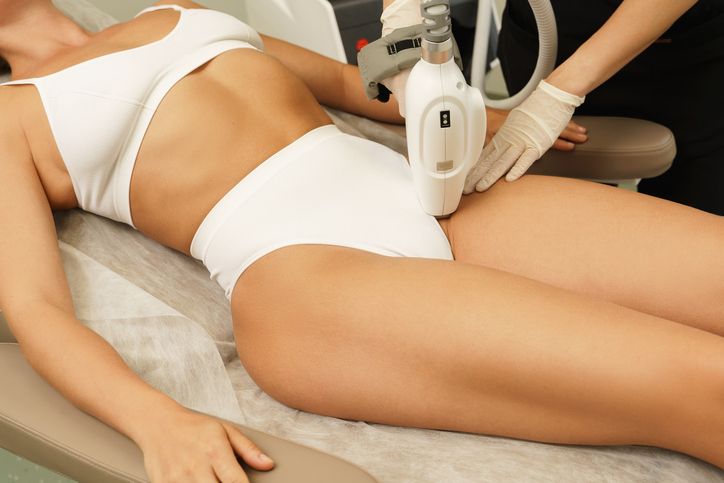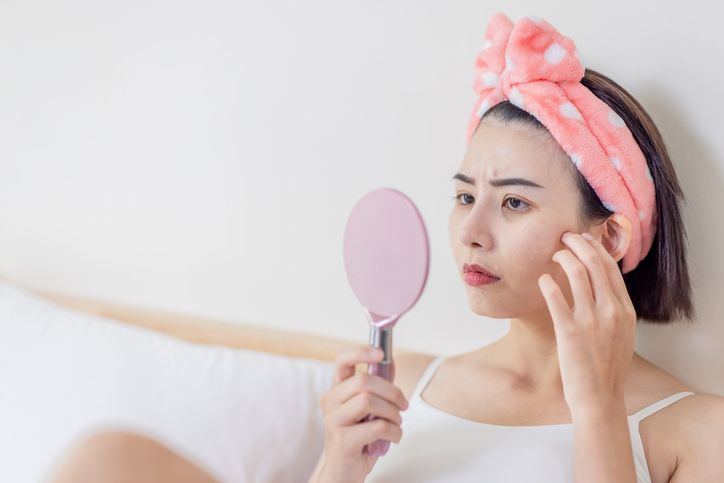- Home
- Trend
- Weight Loss Strategies
- Acne Tips
- Hair Health Information
- Blemish Removal Tips
- Acne Scar Removal Tips
- Muscle Building Techniques
- Intimate Care Tips
- Postpartum Intimate Care
- Eye Bags Wiki
- Tips for Face Slimming
- Secret of Permanent Hair Removal
- Breast Enlargement Tips
- Cure to Snoring
- Marionette Lines
- Skin-Tightening Secrets
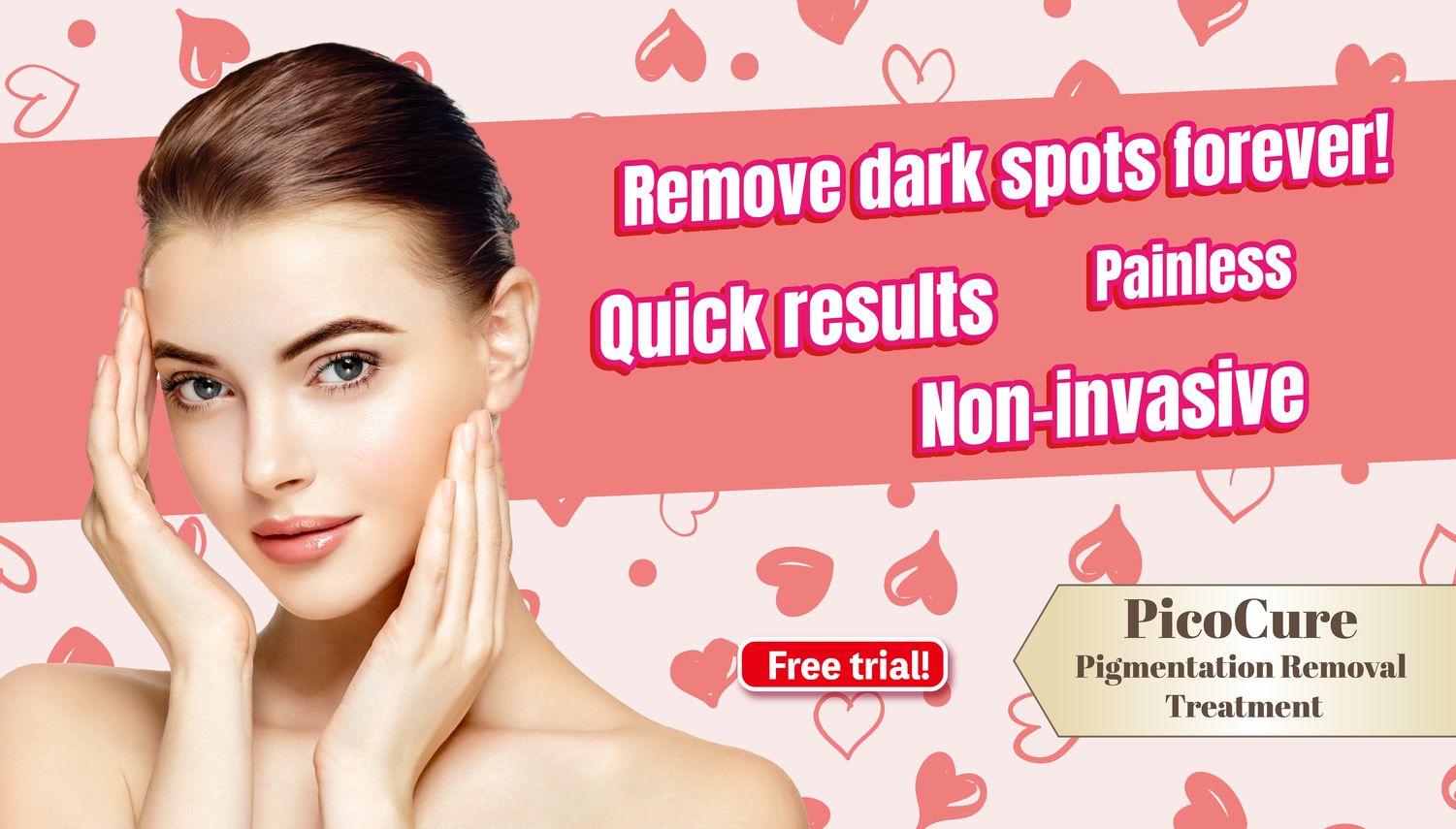
免費體驗
PicoCure Pigmentation Removal Treatment
1 Minute Self-Registration
Date should not be before minimal date
Ever wonder why some acne leaves behind stubborn reminders, while others vanish without a trace? The culprit? Acne scars, which come in all shapes and sizes, just like the pimples themselves. From deep craters to rolling hills, these scars can be a real drag on your confidence. But fear not, warrior! This guide will break down the different types of acne scars and equip you with the knowledge to fight and treat acne scars confidently.
1
Dealing with Skin Scars: What Acne Can Cause Scar & Common Acne Scar Types

Nodules and Cysts
Papules and Pustules
Inflammatory Acne
Atrophic Scars
Hypertrophic and Keloid Scars
Post-inflammatory Hyperpigmentation (PIH)
Post-inflammatory Erythema (PIE)
2
Treating Acne Scars: Acne Scar Removal Treatments You Can Consider
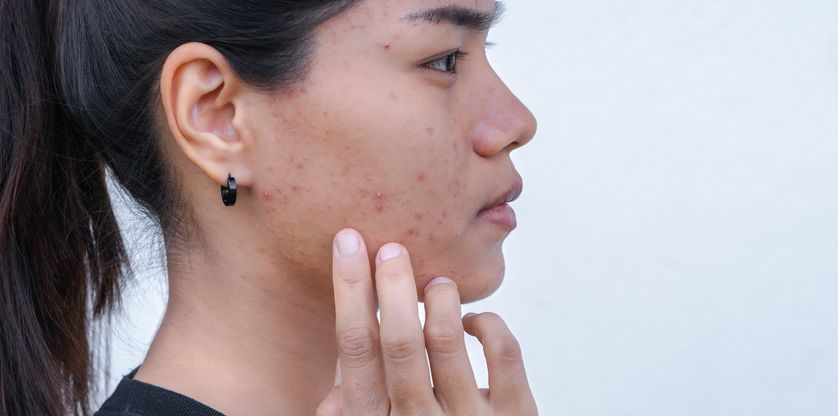
Topical Treatments
Injections
Laser Therapy
Chemical Peels
Dermal Fillers
Surgical Procedures
- Stop The Spot: A Guide To Crushing Post-Inflammatory Hyperpigmentation
- The Inside-Out Glow-Up: Crafting A Brightening Supplements Formula For Healthy Skin
- Spot Brightening Products: Why Skin Type Matters In Skincare
- Struggling with Postpartum Melasma? Effective Treatments and Home Remedies to Regain Flawless Skin!
3
Wound Healing Process: Do's & Don'ts After Acne Treatment

Follow Your Professional Therapist's Instructions
Keep Your Skin Clean
Moisturise Regularly
Protect Your Skin from the Sun
Be Gentle with Your Skin
4
Last Few Words
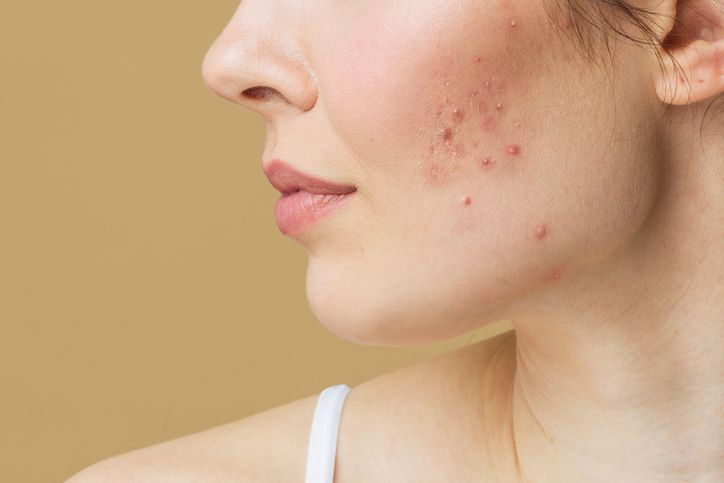
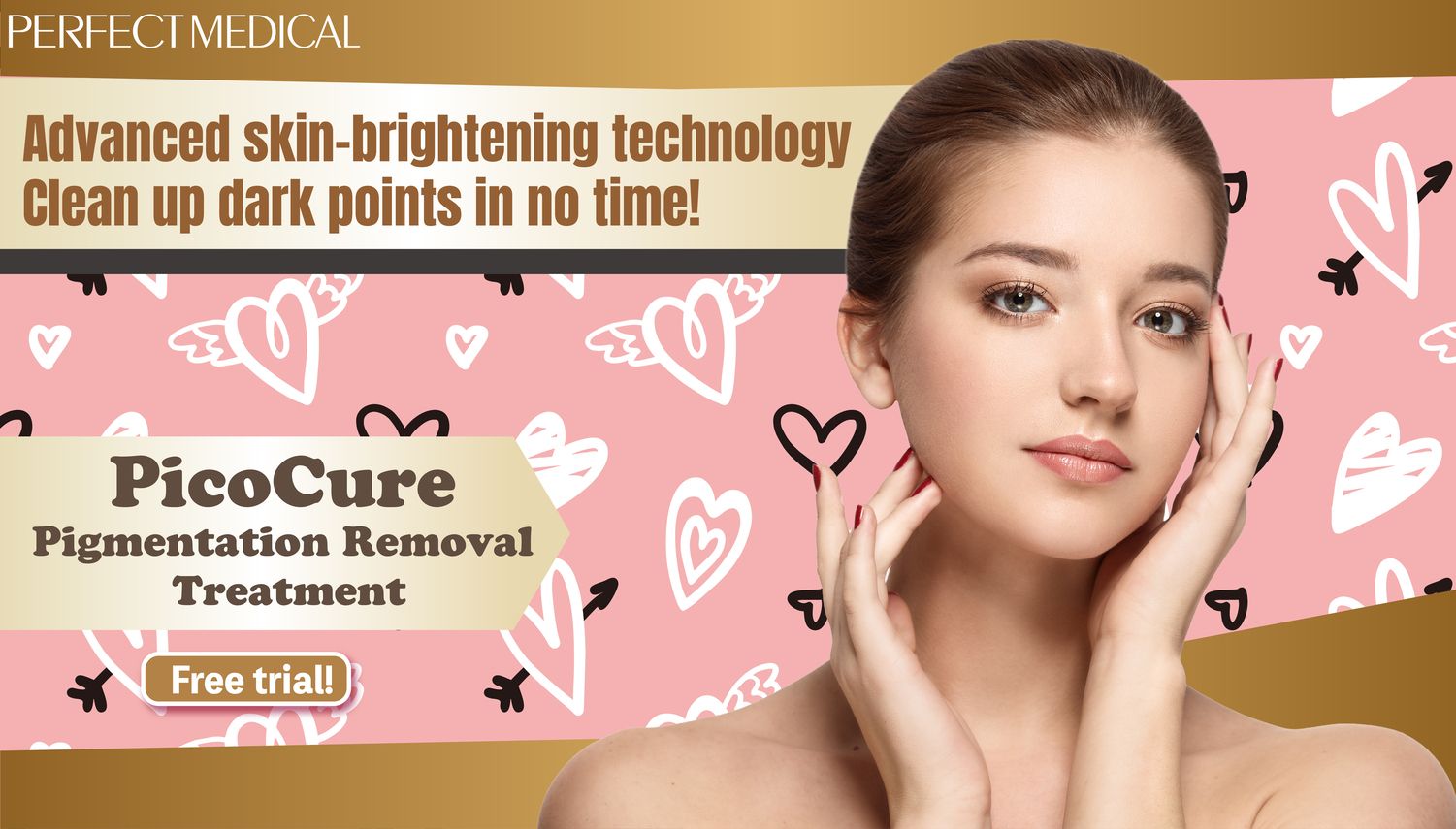
免費體驗
PicoCure Pigmentation Removal Treatment
1 Minute Self-Registration
Date should not be before minimal date
FAQ

1. What types of scars are more likely to develop from active acne lesions?
Active acne lesions, particularly those that are more inflamed, are prone to causing different types of scars. Hypertrophic scars are raised scars resulting from excessive collagen production during wound healing. These scars typically stay within the original wound area but can persist over time. On the other hand, depressed scars, such as those caused by severe acne, may form when there's damage to the skin's tissue, leading to indentations or depressions on the skin's surface.
2. What are hypertrophic scars, and how do they differ from other acne scars?
Hypertrophic scars are raised scars that develop due to an excess production of collagen during the wound healing process. Unlike other acne scars that may be depressed or indented, hypertrophic scars protrude above the skin's surface, often within the original wound area.
3. Can you explain what can stimulate collagen production and help with acne scar?
Methods like microneedling, fractional laser therapy, chemical peels, topical retinoids, dermal fillers, and platelet-rich plasma therapy can effectively achieve this, leading to noticeable improvements in skin texture and scar appearance over time.
4. What distinguishes boxcar scars from other types of acne scars?
Boxcar scars are wider depressions with well-defined edges, giving them a box-like appearance. Unlike icepick scars, which are narrow and deep, boxcar scars are shallower but still significantly affect skin texture. They are typically caused by inflammatory acne and can vary in size and severity.
5. What are the characteristics of rolling scars and how they form?
Rolling scars are broad, shallow depressions with gently sloping edges, creating a wave-like appearance on the skin. These scars often occur due to tethering of the skin to deeper tissue layers, resulting in a rolling or undulating surface texture. Rolling scars are typically caused by inflammatory acne and may be more challenging to treat due to their complex nature.







